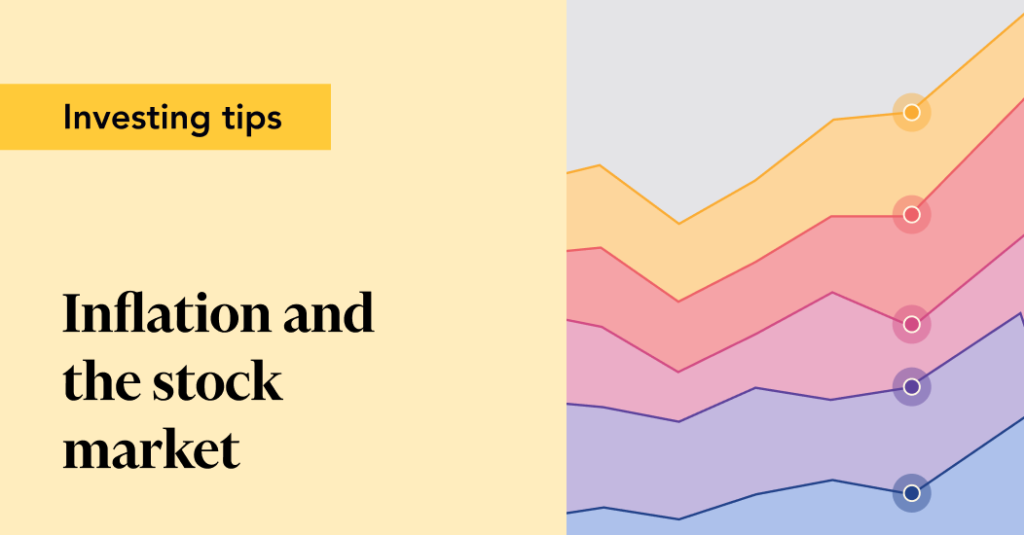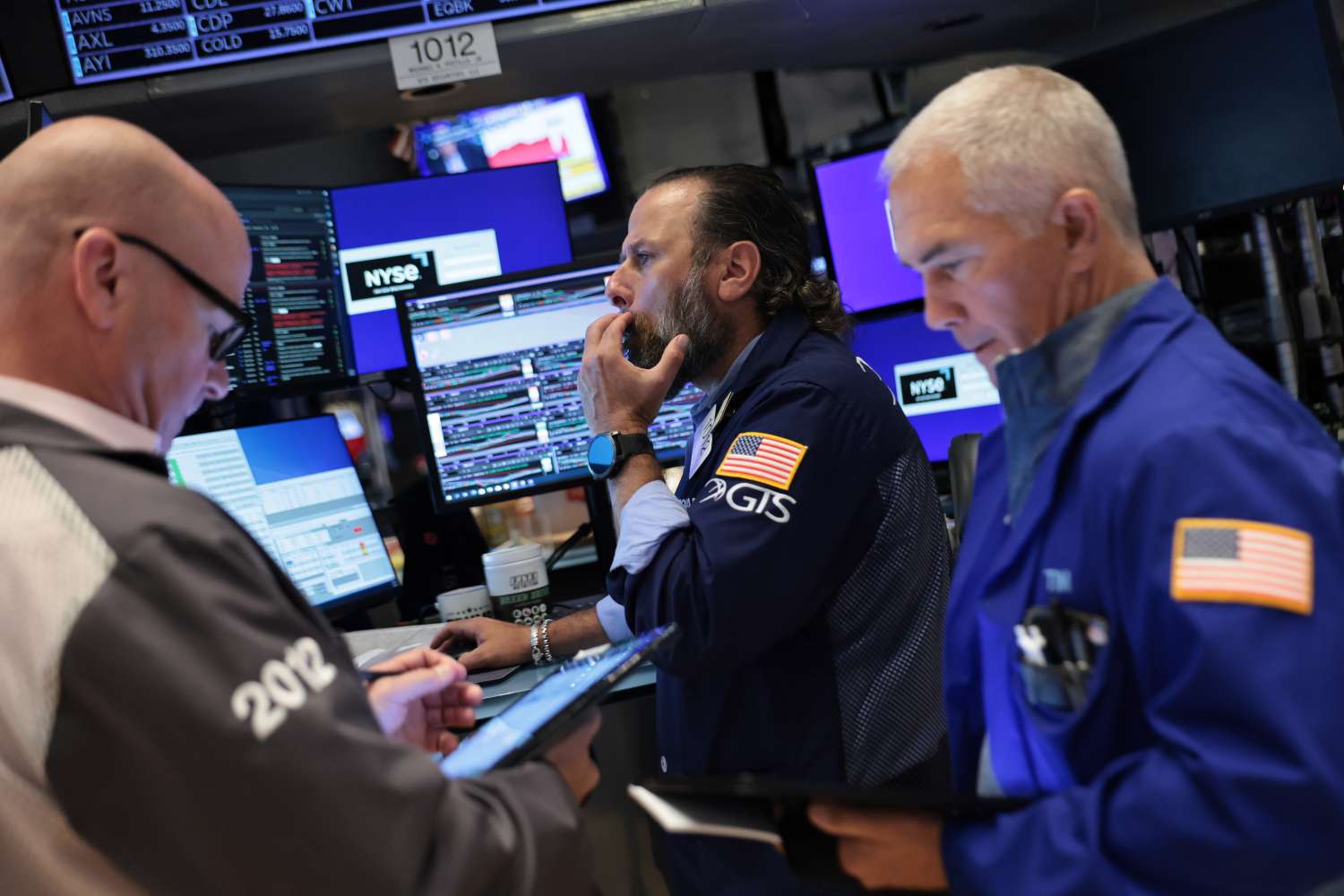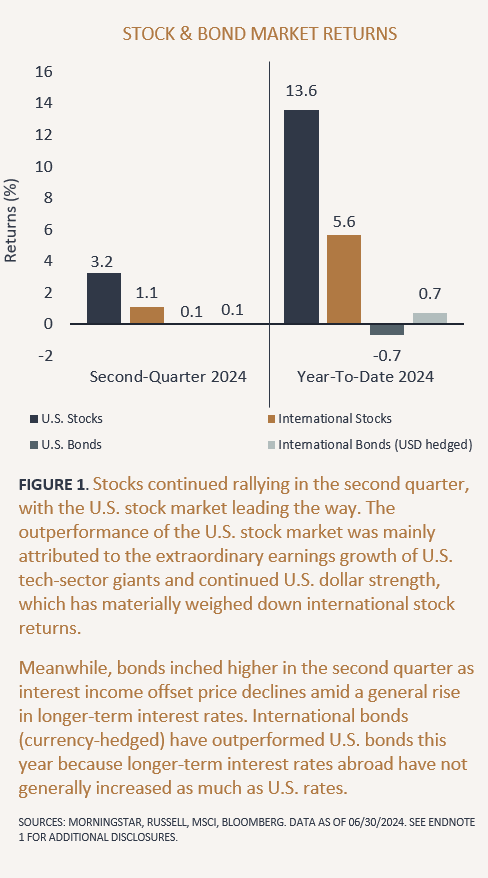Inflation is one of the most crucial economic indicators that influence the stock market. As the general price level of goods and services rises, purchasing power decreases, affecting both consumers and businesses. This has a direct and indirect impact on US stocks, leading to market volatility, shifts in investment strategies, and changes in corporate earnings. Understanding how inflation affects the stock market is essential for investors seeking to navigate economic uncertainties effectively.
Understanding Inflation and Its Causes
Inflation occurs when there is a sustained increase in the overall price level in an economy. The primary causes of inflation include:
- Demand-Pull Inflation: When consumer demand for goods and services exceeds supply, businesses raise prices.
- Cost-Push Inflation: Rising production costs, including wages and raw materials, force businesses to increase prices.
- Monetary Policy and Money Supply: Excessive money supply growth can devalue the currency, leading to inflation.
- Supply Chain Disruptions: External factors, such as geopolitical tensions or pandemics, can restrict supply chains, raising prices.
Inflation is typically measured using indicators like the Consumer Price Index (CPI) and the Producer Price Index (PPI), both of which track changes in the prices of goods and services over time.
How Inflation Affects the US Stock Market
Inflation impacts the US stock market in various ways, influencing sectors differently depending on their sensitivity to price changes. Here are some key ways inflation affects stocks:
1. Reduced Consumer Purchasing Power When inflation rises, the cost of living increases, reducing consumers’ disposable income. This leads to lower spending on non-essential goods and services, negatively affecting industries such as retail, travel, and entertainment. Companies in these sectors may experience lower revenue and profit margins, leading to stock price declines.
2. Higher Interest Rates and the Cost of Borrowing The Federal Reserve often raises interest rates to combat inflation. Higher interest rates make borrowing more expensive for both businesses and consumers. Companies that rely on debt financing, such as tech startups and growth stocks, may struggle due to higher interest expenses. This can reduce their profitability and stock valuations.

3. Sector-Specific Impacts
- Technology and Growth Stocks: These stocks are highly sensitive to interest rate changes. Higher rates reduce the present value of future earnings, leading to stock price declines.
- Financial Stocks: Banks and financial institutions benefit from rising interest rates as they can charge higher rates on loans, improving their profit margins.
- Consumer Staples and Utilities: Defensive sectors like consumer staples (groceries, household goods) and utilities (electricity, water) tend to perform well during inflationary periods as demand remains stable.
- Energy and Commodities: Inflation often leads to higher prices for commodities such as oil, gold, and agricultural products. Energy companies and commodity producers benefit from these price increases, making them attractive investments during inflationary periods.
4. Stock Market Volatility Inflation creates uncertainty in financial markets, leading to increased volatility. Investors may shift their portfolios, moving away from riskier assets like stocks to safer investments such as bonds, gold, or inflation-protected securities. This results in fluctuations in stock prices, especially in growth-oriented sectors.
5. Earnings and Profit Margins Rising input costs, including wages and raw materials, can squeeze corporate profit margins. Companies unable to pass these costs onto consumers may see declining earnings, leading to lower stock valuations. Investors closely monitor corporate earnings reports to assess how inflation impacts different industries.
Historical Perspective: Inflation and the US Stock Market
History provides valuable insights into how inflation affects US stocks. Notable inflationary periods include:
- 1970s Stagflation: The US experienced high inflation and slow economic growth, leading to a stagnant stock market. Investors turned to commodities and real estate as safe havens.
- 2008 Financial Crisis Aftermath: Inflation remained low, but Federal Reserve policies, including quantitative easing, led to a prolonged stock market bull run.
- Post-Pandemic Inflation (2021-2023): Rising consumer demand, supply chain disruptions, and stimulus measures led to increased inflation. The Fed responded with aggressive interest rate hikes, causing stock market fluctuations.
Investment Strategies During Inflation
To navigate inflationary periods successfully, investors can consider the following strategies:
1. Diversification Investing across various asset classes, including stocks, bonds, commodities, and real estate, can help mitigate risks associated with inflation.
2. Focus on Inflation-Resistant Sectors Sectors like energy, commodities, healthcare, and consumer staples tend to perform well during inflationary periods. Investing in companies with strong pricing power can help protect against inflationary pressures.
3. Dividend Stocks Dividend-paying stocks, especially from companies with a history of increasing payouts, provide a reliable income stream and can help offset the negative effects of inflation.
4. Treasury Inflation-Protected Securities (TIPS) TIPS are government bonds designed to protect against inflation. Their principal value adjusts based on inflation, making them a valuable hedge in inflationary environments.
5. Gold and Commodities Gold has historically been a safe haven during inflationary periods. Commodities like oil and agricultural products also tend to increase in value when inflation rises.
Conclusion
Inflation plays a significant role in shaping the performance of the US stock market. While some sectors suffer due to rising costs and interest rates, others thrive as prices increase. Investors who understand the relationship between inflation and stocks can make informed decisions to protect and grow their portfolios. By focusing on diversification, inflation-resistant investments, and strategic asset allocation, investors can navigate inflationary challenges and capitalize on opportunities in the stock market.






Leave a Reply